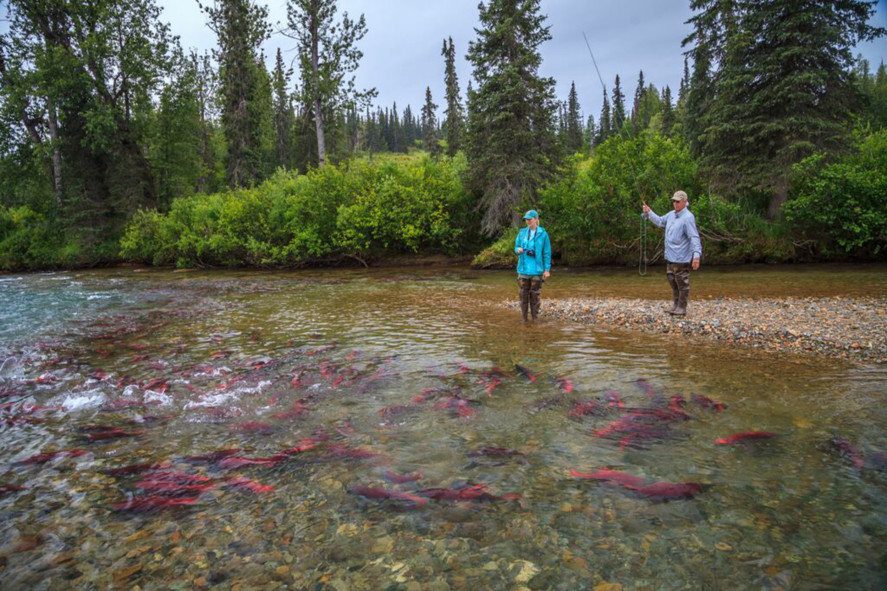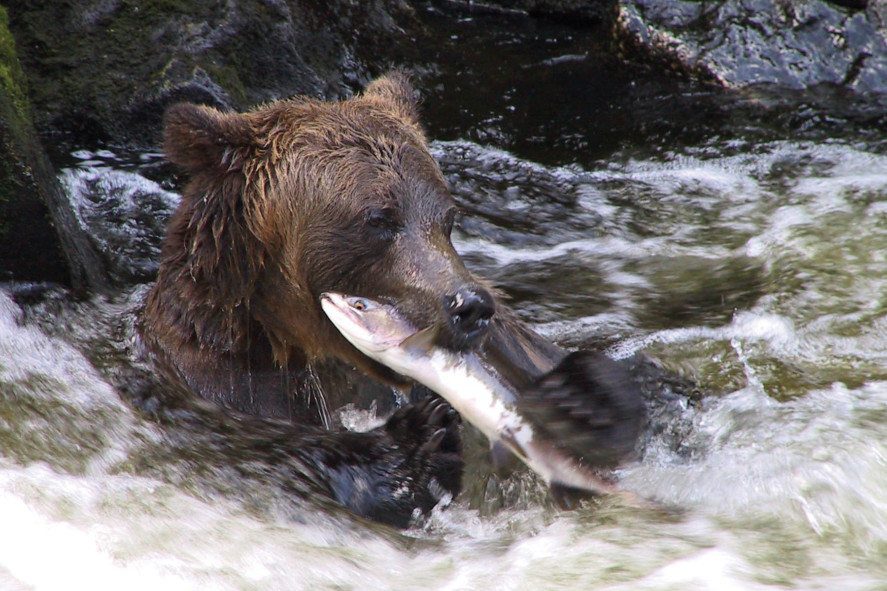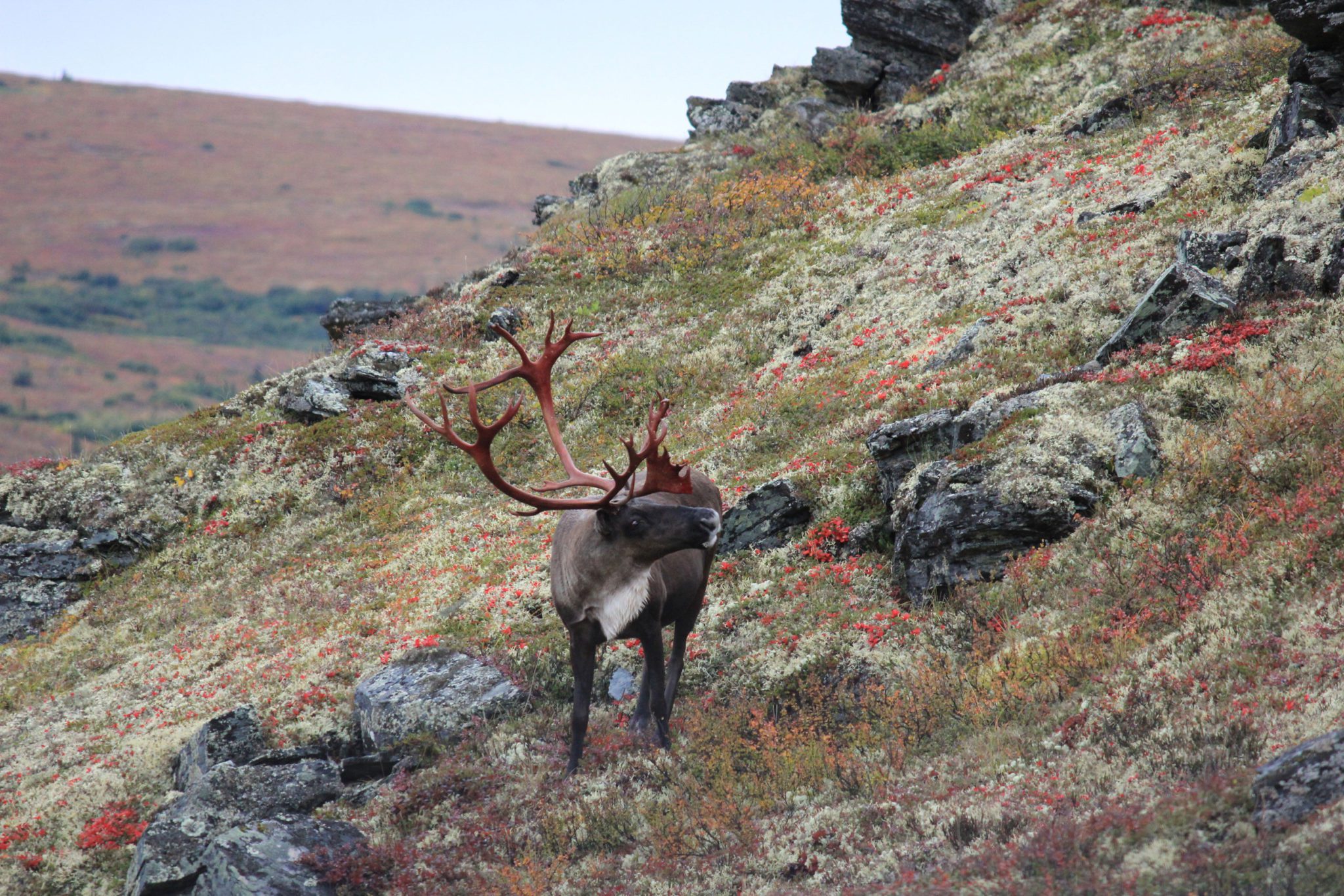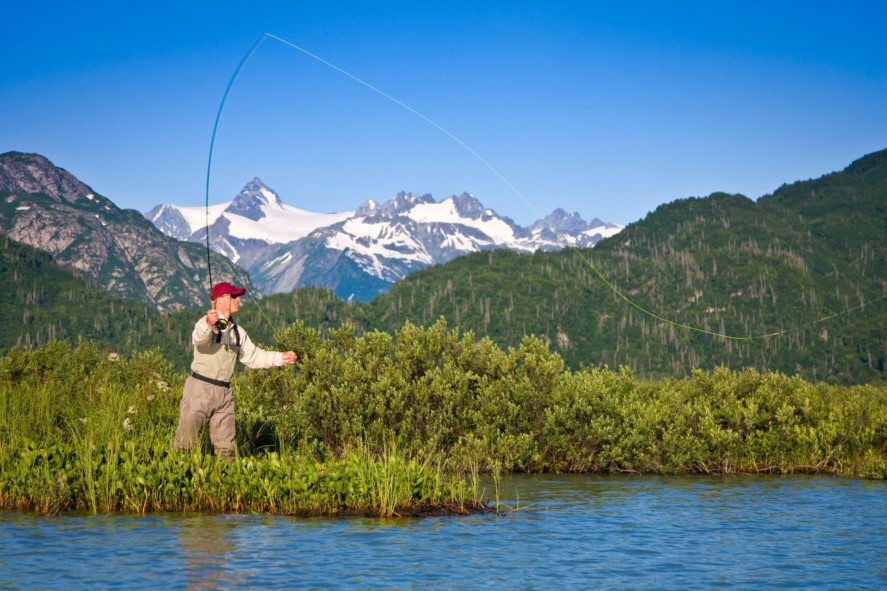Alaska is America’s “Last Frontier”, a land of natural wonders and outdoor excitement in our country’s far north filled with diverse ecosystems, extreme seasons of sunlight by day and northern lights by night, unpredictable weather, and many microclimates. This unique locale is both rugged and delicate but unfortunately, like many destinations, Alaska has not been immune to the impacts of modern climate change.
This is especially true for Alaska’s diverse and unique wildlife, as their respective routines change with the climate, sometimes subtly, sometimes powerfully. Fortunately, Alaska’s wildlife continues to try to adapt to climate change with resilience as climate change reshapes their habitats, sources of nourishment and lifestyles. The impacts of climate change on Alaska’s wildlife also have ripple effects on Alaska’s indigenous people including the Yup’ik, Iñupiat, and Inuit, on many local Alaska communities, on visitors and even on the state’s economy, clearly illustrating the interconnectedness of wildlife, ecosystems, and the humans who live with and depend on them.

Fly fishing for salmon in an Alaska stream.
Warming Temperature and Weather Impacts on Wildlife in Alaska
Warmer ambient temperatures caused by climate change can cause alterations in both the abundance and patterns of growth of vegetation, altering habitats and food sources for a wide range of Alaska’s wildlife. And as temperatures have risen, non-native species of plants have expanded into Alaska, competing with native species for resources and habitats. Warming ocean temperatures and increasing acidity of coastal waters are disrupting marine ecosystems, impacting feeding patterns for species such as salmon and herring, reducing the supply of shellfish and plankton at the base of the food chain. Increased frequency and intensity of extreme weather events also directly impact wildlife populations by destroying habitats, disrupting migration patterns, reducing species biodiversity and even leading to the death of at-risk species. Loss of lakes and wetlands, particularly in Southern Alaska, is also threatening the habitat of many migratory birds who breed in these areas. And fire risk in wilderness areas in Alaska continues to increase. The EPA projects that the number of acres burned each year in Alaska is likely to double by 2050 and triple
by 2100.

Anan Creek bear viewing offers the chance to see both black and brown bears fishing.
Climate Change and Melting Ice Flows
One of the most dramatic changes in Alaska’s natural environment is the reduction in the state’s seemingly endless supply of ice, from glaciers to sea ice and icebergs. Arctic sea ice is retreating, glaciers are shrinking, permafrost is thawing, and insect outbreaks and wildfires are all becoming more common in Alaska. As temperatures rise due to climate change, Alaska’s ice continues to melt, raising sea levels, changing the Arctic landscapes, and presenting subsistence challenges for three of the state’s most iconic species of wildlife: polar bears, caribou and salmon. As sea ice melts within their natural habitat, polar bears, among other wildlife, face increasing difficulty finding food and raising their young. Fewer and smaller ice bergs mean longer swims between hunting grounds for seals and other marine life, leading to exhaustion and even drowning for some polar bears, or more time on land where hunting is much more difficult for this species of bear. And when the polar bear population suffers, this creates a chain reaction that has broader implications for the entire Arctic ecosystem. Expanding populations of seals, for example, reduces the supply of crustaceans and fish, an important food source for other wildlife as well as for local human populations.

Caribou amidst the colors of fall in Alaska.
Impact of Climate Change in Alaska on Wildlife Migration and Procreation
Changing climate also impacts the traditional migration routes for Alaska caribou and their herds. As they must change routes in search of new food supplies, variations in their migration routes make it more difficult to evade predators. Caribou health can also be impacted by greater vulnerability to parasites and diseases because of warmer temperatures. These climate change impacts to populations of caribou have spillover effects on subsistence lifestyles of Alaska Native people and Alaskan hunters and shake up the traditional cultural connections which have been woven over the centuries between caribou and native populations.
Wildlife and Economic Impacts of Climate Change in Alaska
Annual salmon runs in Alaska are also a cultural and economic touchstone for many Alaskans and communities. And the 5 species of salmon are certainly a main attraction for the state’s subsistence, sport, and commercial fishermen, as well as for visitors who come to the state looking to hook one of these famous fighting fish. Unfortunately, as climate change warms local waters and alters land-based stream flows, this negatively impacts the success of salmon spawning, leading to salmon population declines that affect Alaska businesses, Alaskan lifestyles and co-dependent marine life and wildlife habitats.

Halibut fishing in Homer, Alaska.
Permafrost soil lies beneath about 80 percent of Alaska’s land surface. As permafrost thaws, land shrinks and shifts, damaging pipelines, buildings, roads and other transportation infrastructure, water supplies, and sewer systems. Alaska’s tourism industry is also becoming impacted by climate change. The Alaska tourism season has declined from 200 days (1970) down to below 100 days in more recent decades. Tourism businesses relies heavily on the state’s amazing and abundant wildlife – from adventurous bear viewing experiences to fantastic fishing on rivers, lakes, and open water. As infamous Alaska species shift their behaviors and locations to new habitats in a search for food supplies, it may become more difficult for visitors to access these areas for wildlife viewing, missing out on these truly “only in Alaska” experiences. Don’t let this happen to you. Come visit Alaska!
How Alaska Visitors Can Help Mitigate the Impacts of Climate Change?
What can Alaska visitors do to help?
Here are some ideas:
- Learn about and join local conservation efforts in the areas of Alaska that you choose to visit.
- Take off-the-beaten path adventures to remote areas and hidden gems.
- Participate in responsible ecotourism and sustainable travel practices
- Delve into the cultural connections between Alaska’s indigenous communities and the land and wildlife around them.
We’re also doing our part at Alaska Tours. Our company operates under our Environmental Sustainability Policy, recognizing that we, like all businesses, are responsible for protecting and preserving the environment, especially those operating in the unique natural wilderness of Alaska. Safeguarding Alaska’s wildlife ensures that the Last Frontier remains a special home for animals and humans for generations to come.

Fly-fishing for salmon on Big River Lakes from Redoubt Bay Lodge
